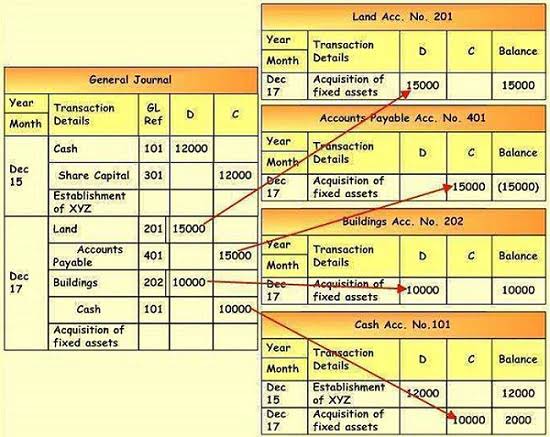
By improving working capital, businesses can ensure they’re able to meet financial obligations, maintain a steady flow of production, and generally keep operations running smoothly. Accordingly, strategies designed to improve a business’s working capital position can bolster operational health, enabling ongoing profitability, resilience, and competitiveness. Enhancing cash forecasting through data analytics tools can help predict cash flow trends, enabling businesses to anticipate shortfalls or surpluses and make informed decisions about investments or debt repayments. Streamlining procurement processes, such as implementing vendor-managed inventory systems, can reduce lead times and lower inventory holding costs, improving cash flow. Successful companies recognize the power of skilled cash management to strengthen the balance sheet.

Working capital management enables seamless cash flow

The biggest bottleneck in achieving optimum working capital efficiency is high days sales outstanding, which leads to low liquidity. Days inventory outstanding is the measure of net working capital optimization how long it takes to turn over your inventory. You can calculate it by dividing your average inventory costs, based on your preferred time frame, by your cost of goods sold and multiplying that figure by 365 days. Enhance business efficiency by understanding and optimizing net working capital through strategic analysis and practical Excel calculations. Sievo payment process analytics enables you to spot improvement potential and take action to improve your working capital.

Optimizing Working Capital: Strategies for Business Success

Working capital is the difference between a company’s current assets and current liabilities. It is a measure of a company’s short-term financial health and its ability to cover short-term liabilities with short-term assets. Inventory management, therefore, plays a crucial role in maintaining a healthy level of working capital. Effective inventory management is a pivotal component of bolstering a company’s working capital. It strikes a delicate balance between minimizing inventory costs and meeting customer demand. Too much inventory can lead to increased storage costs and risk of obsolescence, while too little can result in stockouts and lost sales.
Step 2: Identify and Implement the Right AR Automation Solution for Working Capital Management
- Understanding net working capital analysis provides actionable insights into optimizing operations and enhancing performance.
- This delicate equilibrium is not just a marker of liquidity but also a reflection of a company’s strategic acumen in managing its resources.
- This improves liquidity and increases operational agility, allowing swift responses to market changes.
- This decision was, among others, triggered by the insights that arose from a time-consuming, painful, and manual consolidation exercise.
- Every strategy leader and private equity partner recognizes the importance of managing working capital.
Working capital, also referred to as “cash conversion,” is measured by taking the difference between a business’s current assets and current liabilities. A supplier management system that leverages automation, for example, can simplify the processes of supplier selection, onboarding, risk assessment, and contract negotiation. With more control over supplier Bookkeeping for Painters data and documentation, companies can ensure that the products they receive are delivered on time and meet quality standards.
- Strategic management of net working capital enhances operational efficiency and financial stability.
- Companies can implement stricter credit policies and offer early payment discounts to incentivize quicker payments.
- However, all of these strategies require thorough analysis to know your cash flow position and ideal terms.
- You can calculate it by starting with your average accounts receivable over a set period of time—such as monthly, quarterly or annually.
- By employing these strategies, businesses can not only improve their cash flow but also strengthen their overall financial stability, paving the way for sustainable growth and profitability.
By focusing on what can be controlled, it’s possible to achieve a positive outcome and gain control of working income summary capital even in the face of these issues. A skilled banker or treasury expert can help you effectively navigate obstacles and better implement tactics for improving working capital. Credit and debit card payments have grown steadily in recent years, now representing more than 60% of overall consumer payments.
- Reviewing customer payment histories helps identify and address late payment patterns, minimizing bad debts.
- This reduces the risk of inefficient purchases and ensures that the company takes advantage of discounts that have already been negotiated.
- Our performance improvement offerings are designed to sustainably enhance your business’s financial trajectory, balancing growth and cost control.
- Face the risk of insolvency or bankruptcy, especially during economic downturns or periods of financial stress.
- Card issuing application programming interfaces (APIs) can help enhance the efficiency, security and overall management of corporate credit card programs.
- A skilled banker or treasury expert can help you effectively navigate obstacles and better implement tactics for improving working capital.
- Companies must define clear, granular, and measurable key performance indicators (KPIs) and analyses that governance functions (such as the cash office) monitor regularly to inform their actions.

